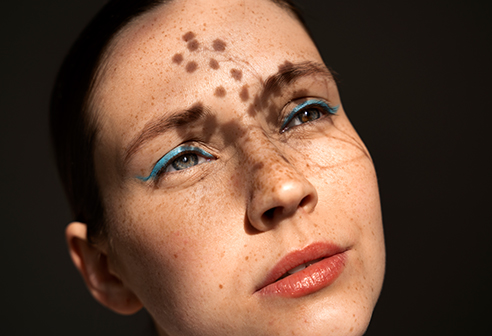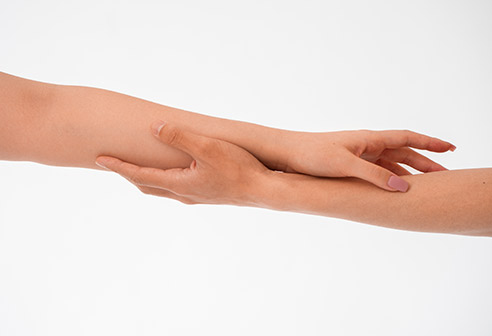
Yellow and brown spots that appear on skin areas heavily exposed to the sun, such as the face and back of the hands, are called **solar lentigo**. The most important factors in the emergence of solar lentigo are having a **light skin tone** and prolonged **exposure to sunlight**. Solar lentigo mostly appears from the age of 40 onwards and is observed in people who sunbathe extensively during the summer months. The risk of solar lentigo increases with advancing age.
Solar lentigo spots are generally **benign** and carry no risk of turning cancerous; they can be easily treated with **laser beams**. Apart from laser treatment, methods like **plasma cautery** and **cryotherapy** are also used in solar lentigo treatment. However, there is a higher risk of scarring with plasma cautery and cryotherapy. In contrast, **laser treatments** do not typically leave scars. Besides sun exposure, the greatest risk factor is **genetic predisposition**.
Solar Lentigo Spot Treatment
Before starting spot treatment, you should definitely consult a **dermatologist** to get a clear understanding of your personal situation. This is because dark spots and moles on the skin can look similar, making them difficult to distinguish. Therefore, the diagnosis must be made by an expert dermatologist. Firstly, skin spots are analyzed in-depth under clinical conditions, and then the most appropriate treatment method is planned. In some cases, solar lentigines can resemble **Malignant Melanoma**, a type of skin cancer. Accurate diagnosis is crucial. Solar lentigines are yellow and brown spots with distinct borders, typically a few millimeters in diameter. They are not present from birth but usually begin to appear from around the age of forty. They occur on exposed areas of the body such as the face, neck, and back of the hands.
Solar lentigo spots can be treated with the **Q-Switched laser method** in a single session. It is a very easy and successful treatment. However, if the spot is stubborn and thick, a second session might be needed. To prevent solar lentigo spots that have been treated once from reappearing, we must protect ourselves from the sun's rays. Even if spots reappear despite precautions, there is no harm in applying the Q-Switched laser a second time.
After laser treatment, the area forms a crust for the first few days. Afterward, the spots disappear along with the scabs. During laser treatment for Solar Lentigo, the person may feel a moderate level of pain. Anesthetic creams are used to reduce the perceived pain and ensure a comfortable procedure. A burning sensation may be felt for approximately half an hour during the treatment. Until healing is complete, creams that accelerate healing should be used, and the area should be protected from the sun.
Which Body Areas Does Solar Lentigo Appear On?
- Neck
- Hands
- Scalp
- Forehead
- Cheeks
- Chin
- Upper lip
Solar Lentigo Findings
Solar lentigo are yellow or brown spots formed when melanocyte cells in the epidermis layer of the skin proliferate and concentrate at one point due to sun exposure or genetic predisposition. They are seen in individuals who spend long periods in the sun and those with light skin tones. The lesions appear as slight elevations. Although they generally appear after the age of 40, we can also encounter Solar Lentigo in people in their 30s.



